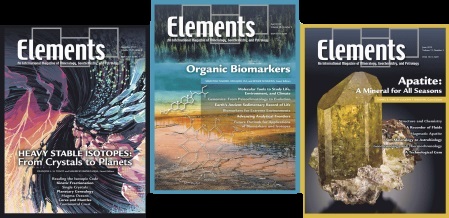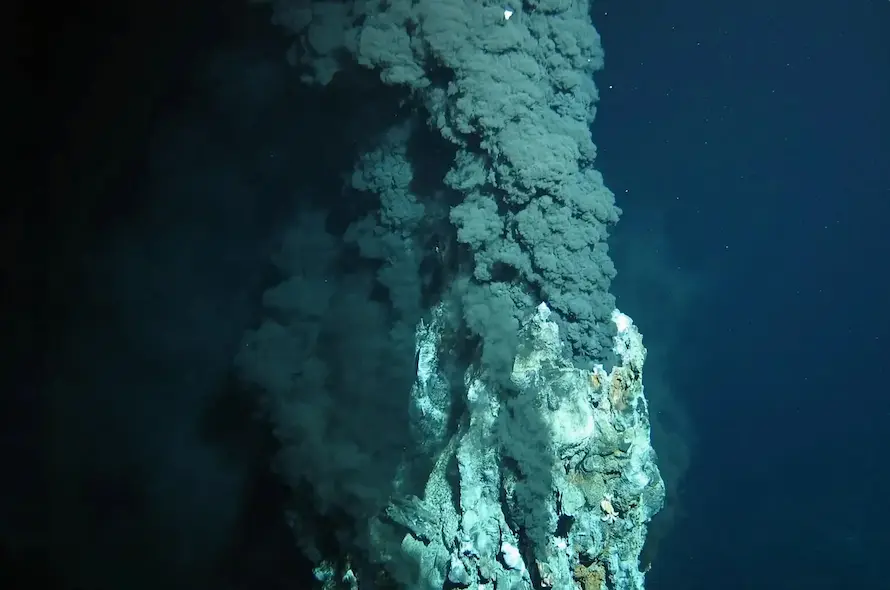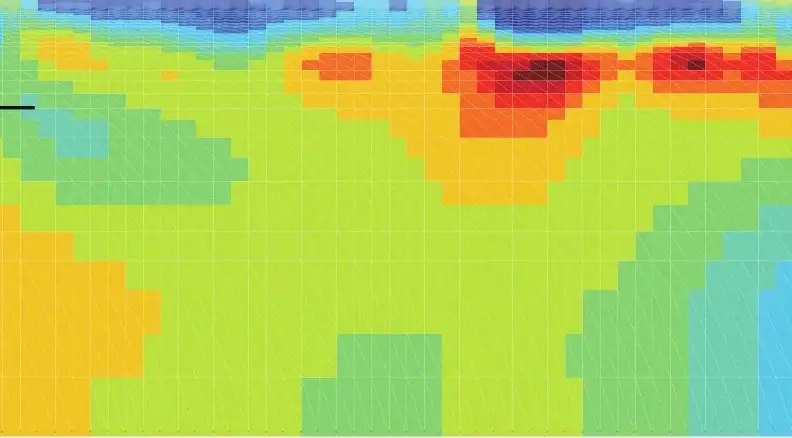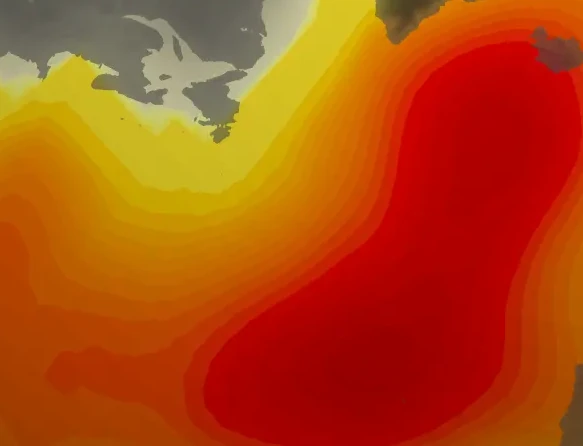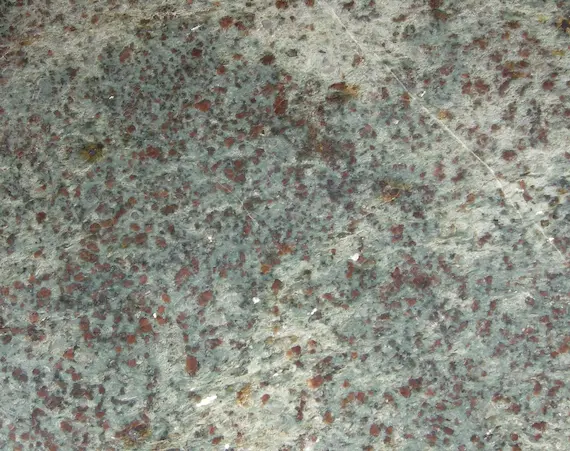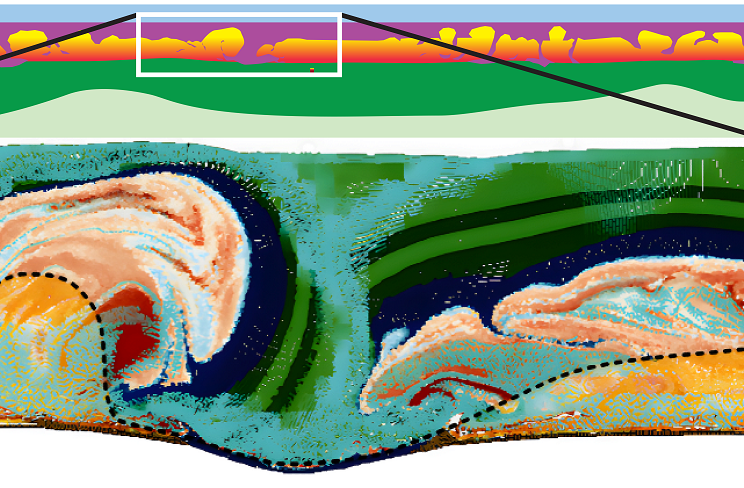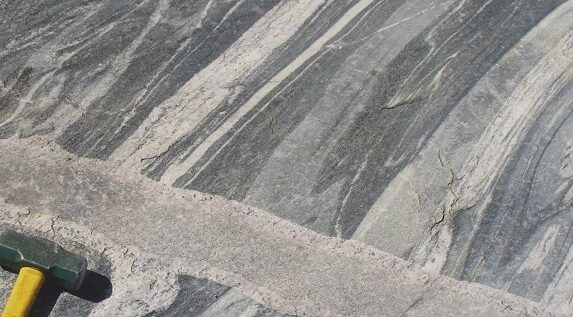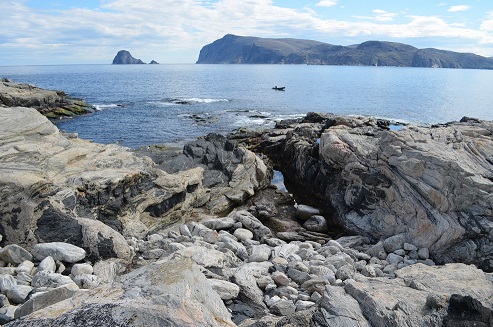The Geological History of Water: From Earth’s Accretion to the Modern Deep Water Cycle
The abundance of water on Earth and its distribution between surficial and deep reservoirs are the outcome of 4.6 billion years of geological history involving various mechanisms of water in and outgassing. Here, we use the metaphor of a pipeline connecting Earth’s deep and surface water reservoirs. The net flux through this pipeline has changed over time due to contrasting Hadean, Archean, and modern geodynamic regimes. Most water was dissolved in the primordial magma ocean, entrapped in the solidifying mantle, and massively released by volcanism during the Hadean and Archaean. As Earth cooled, plate tectonics enabled water ingassing into the mantle, which appears to exceed outgassing under the modern tectonic regime, implying that Earth’s surface has been drying out and will continue to do so.
The Geological History of Water: From Earth’s Accretion to the Modern Deep Water Cycle Read More »

